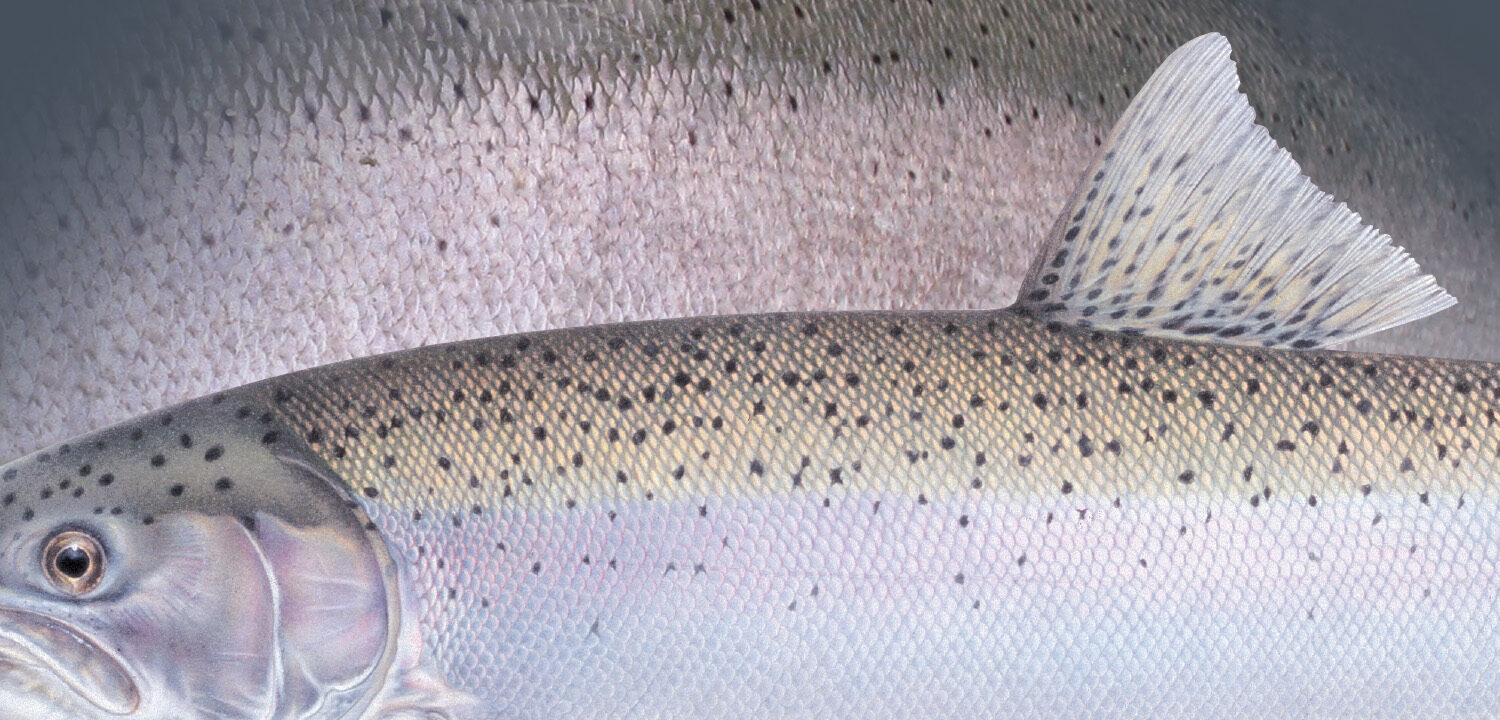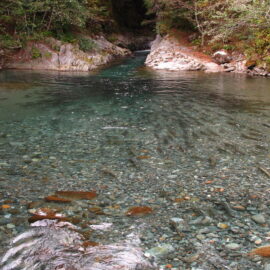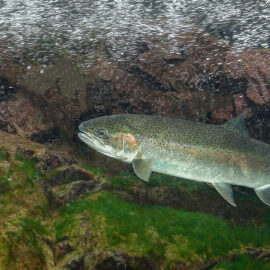Steelhead are explorers. Of all species in their genus, Oncorhynchus mykiss are perhaps the most fascinating for both anglers and scientists: adventurous, unpredictable, and highly individualistic.
Historically, steelhead claimed rivers from Baja California, north to Alaska and across to Western Kamchatka. Across that range, their life path varies dramatically—in years spent in freshwater and at sea, in whether they spawn once, twice, or even four times.
“Steelhead might be the most complex of all salmonids,” says Wild Salmon Center Conservation Geneticist Dr. Tasha Thompson, one of the world’s leading salmonid scientists. “They’re smart, curious, and powerful, like a Formula One race car. You can watch them swim up to a 10-foot waterfall, raise their head, and take a test jump. And if it doesn’t work, they try something else.”
As a species, steelhead bank on a wealth of behavioral and physiological options honed and cached since at least the Miocene Era, 10 million years ago. The problem? In many rivers, human interference and climate change are now drawing down the species’ genetic reserves faster than steelhead can adapt. In recent years, new research from WSC scientists and others shows that steelhead are declining fast—and have been for decades.
In our three-part investigative Heart of Steel series, we unlock new secrets about this amazing species—along with surprising insights that could help rebuild steelhead’s diversity of survival strategies. Of all salmonids, steelhead are the true superheroes of adaptation. Will we help them flex that strength?
HEART OF STEEL

“Fish are the heart of it,” says Ann Penn-Charles, a member of the Quileute Tribe on Washington’s Olympic Coast. “If you took the fish away from the people, the people wouldn’t be able to feed their spirit.” For Miss Ann, there isn’t a way to separate steelhead from the story of her family, her community, her history. After more than a century of broken promises, the Quileute Tribe is reclaiming stewardship of its traditional fisheries. But there’s a problem: steelhead are disappearing. Everyone agrees we need action to save them: perhaps even federal listing under the Endangered Species Act. This time, can we get recovery right?

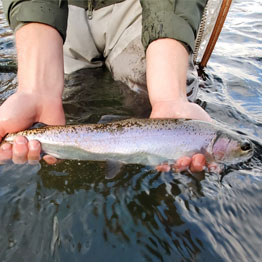
WELLSPRING OF A SPECIES – PART II
What’s a half-pounder? Technically, it’s a steelhead—because this young rainbow trout took the ocean plunge that triggers its transformation to saltwater. What’s different is that after three to five months, the half-pounder came back, as if for a gap year. Half-pounders are common in just three rivers in North America: the Rogue, Klamath, and Eel, all in a steep mountain region straddling the Oregon/California border. There’s much we still don’t know about steelhead. Some say answers may rest here: in a region of such next-level biodiversity that it could just be the wellspring of this species.

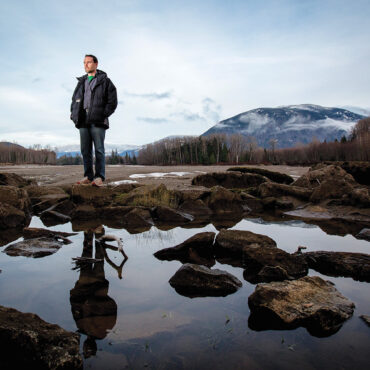
STEELHEAD, INTERRUPTED – PART III
As more scientists study alarming and range-wide declines in steelhead, Greg Knox of SkeenaWild—a core Wild Salmon Center partner—thinks mixed-stock marine fishing will prove to be one key culprit. Surprisingly, this gives him hope. Because unlike global warming, we can change the way we fish right now—and see results. “I think we know the future won’t be like the past,” Knox says. “But that doesn’t mean that we can’t still have healthy steelhead populations, and even harvest them. We just need a different approach. And we’re already headed in the right direction.”
